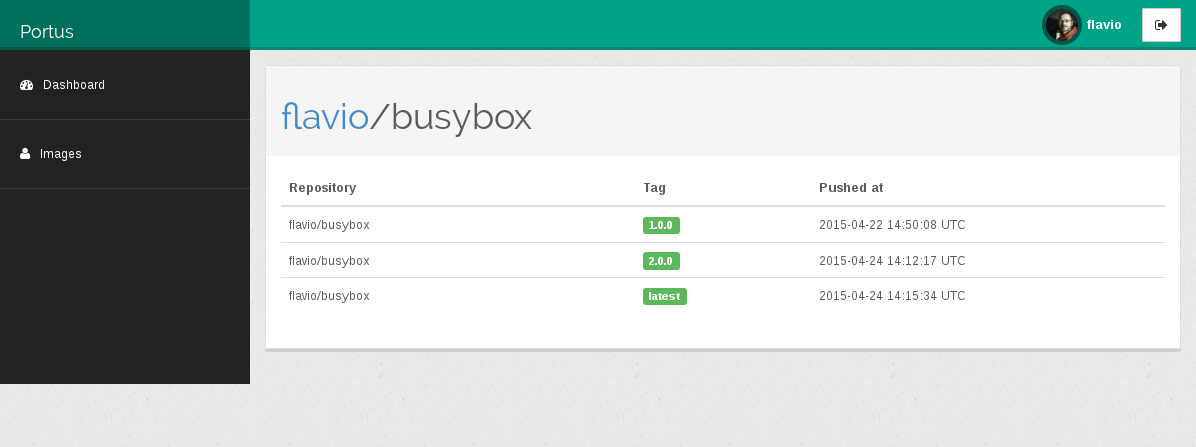One of the perks of working at SUSE is hackweek, an entire week you can dedicate working on whatever project you want. Last week the 12th edition of hackweek took place. So I decided to spend it working on solving one of the problems many users have when running an on-premise instance of a Docker registry.
The Docker registry works like a charm, but it’s hard to have full control over the images you push to it. Also there’s no web interface that can provide a quick overview of registry’s contents.
So Artem, Federica and I created the Portus project (BTW “portus” is the Latin name for harbour).
Portus as an authorization service
The first goal of Portus is to allow users to have a better control over the contents of their private registries. It makes possible to write policies like:
- everybody can push and pull images to a certain namespace,
- everybody can pull images from a certain namespace but only certain users can push images to it,
- only certain users can pull and push to a certain namespace; making all the images inside of it invisible to unauthorzied users.
This is done implementing the token based authentication system supported by the latest version of the Docker registry.
Docker login and Portus authentication in action
Portus as a front-end for Docker registry
Portus listens to the notifications sent by the Docker registry and uses them to populate its own database.
Using this data Portus can be used to navigate through all the namespaces and the repositories that have been pushed to the registry.
We also worked on a client library that can be used to fetch extra information from the registry (i.e. repositories’ manifests) to extend Portus’ knowledge.
The current status of development
Right now Portus has just the concept of users. When you sign up into Portus a private namespace with your username will be created. You are the only one with push and pull rights over it; nobody else will be able to mess with it. Also pushing and pulling to the “global” namespace is currently not allowed.
The user interface is still a work in progress. Right now you can browse all the namespaces and the repositories available on your registry. However user’s permissions are not taken into account while doing that.
If you want to play with Portus you can use the development environment managed by Vagrant. In the near future we are going to publish a Portus appliance and obviously a Docker image.
Please keep in mind that Portus is just the result of one week of work. A lot of things are missing but the foundations are solid.
Portus can be found on this repository on GitHub. Contributions (not only code, also proposals, bugs,…) are welcome!
